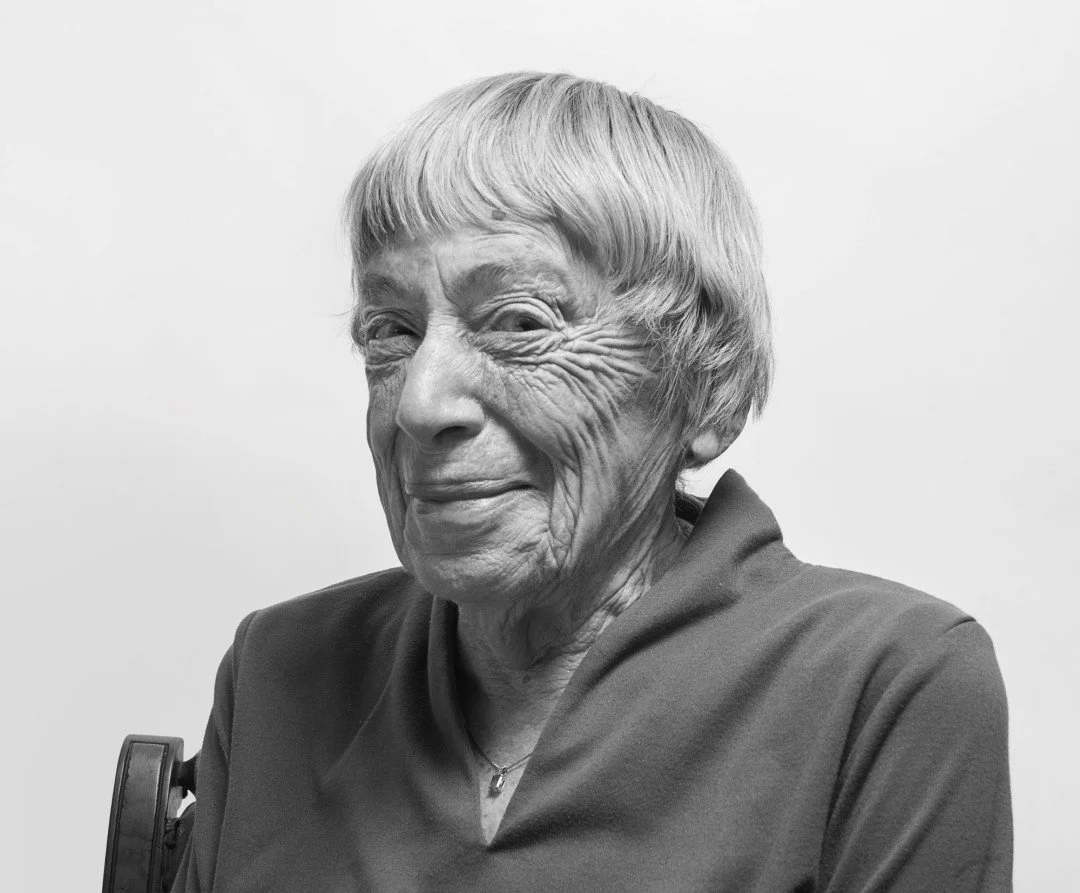The Way Forward Is With A Broken Heart by Alice Walker
In generations to come, Alice Walker, will be remembered as one of a handful of writers who altered the direction of American fiction. Not only for The Color Purple (1982), in which the racially and sexually oppressed Celie survives a brutal existence by writing letters to God; but for her groundbreaking essay "In Search of Our Mothers' Gardens," which described how southern Black women, released into the penury of post-slavery, rescued their sanity through artistic expression. Certainly, one of Walker's greatest legacies will be her recovery of the life of Harlem Renaissance writer Zora Neale Hurston. Hurston's novel Their Eyes Were Watching God has become a foundational work for a tradition of African American writing.
Walker has been prolific as a novelist, autobiographer, and outspoken environmentalist. Now and again, I have found her work a touch self-indulgent. I admit to being put off by titles that make her essays sound more worthy than engaging, and I was afraid that the title of her collection The Way Forward Is With A Broken Heart promised a lesson. Happily, the book contains simple, beautiful tales; stories about African American women for whom the one constant in life is change. Described as part autobiography, part fiction, these stories probe relationships between men and women, parents and children, siblings and, most thoughtfully, between Blacks and whites.
With The Color Purple, Walker introduced readers to a vivid Black vernacular, a sparkling language that provided Walker's southern protagonist with an authentic voice from a particular time and place. In The Way Forward, dialect surfaces only subtly and occasionally, partly because it is largely inappropriate to the main characters, an educated, upwardly mobile class of African American women who live and work in the wider society. Walker composes her scenes with spare, apt detail, as in this description of the house the narrator revisits in "To My Young Husband":
From left: Mel Leventhal, Rebecca Walker and Alice Walker, 1970 (photo: CSU Archives/Everett Collection)
"Its gate is the only thing left of the wooden fence we put up. The sweet gum tree that dominated the backyard and turned to red and gold in autumn is dying. It is little more than a trunk. The yard itself, which I've thought of all these years as big, is tiny ...The carport is miniscule. I wonder if you remember the steaks we used to grill there in summer, because the house was too hot for cooking, and the chilled Lambrusco we bought by the case to drink each night with dinner."
The story is based upon Walker's early marriage to a Jewish lawyer in the mid-Sixties. One of the first interracial married couples in Mississippi, fiercely united in their opposition to racial injustice. These were the volatile years of the Civil Rights movement, but Walker presents the pair as living in a bubble, their youthful optimism making them vulnerable and invulnerable at the same time.
You can never tell where Walker's stories are headed. "Uncle Loaf and Auntie Putt-Putt," for example, begins with two sisters recalling their grandmother's harrowing childhood as the slave of a man who raped her regularly. But the story actually contrasts the sisters' feelings about family history and concludes with the renewal of their bond. Walker's stories present the flip side to the bewilderingly enduring romance of the antebellum South. The ageing Auntie Putt- Putt, for instance, is a mirror image to characters like Aunt Pitty- Patt in Margaret Mitchell's Gone With the Wind.
Alice Walker
Walker's stories often seem to begin at the end, hence the significance of the book's title: “The Way Forward Is With A Broken Heart.” In "To My Young Husband," "Orelia and John" and "Conscious Birth," marriages break down, but this only provides opportunities for new relationships to begin. Walker sees a person's sexuality as constantly evolving. Several of her divorced heroines fall in love with women.
In "Blaze," one of her bravest, most introspective pieces, Black women examine their complicated, uneasy friendships with white women, which is a subject many white women find taboo or difficult to address. Walker navigates this emotional minefield with frankness, humour, and affection.
A few stories in this collection have moments when they threaten to careen off course. This occurs wherever Walker gives in to her impulse to expound. Mostly though, these tender evocations of life elevate the spirit.
A previous version of this piece appeared in The National Post.







